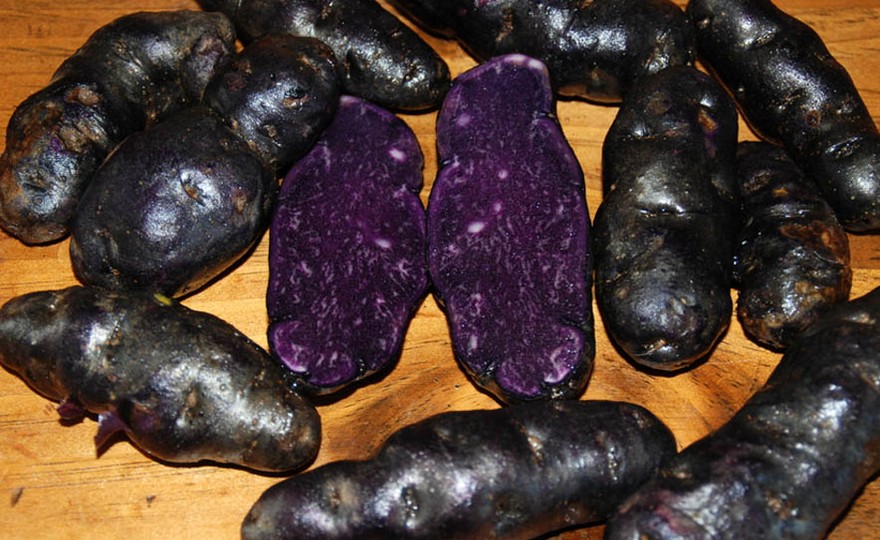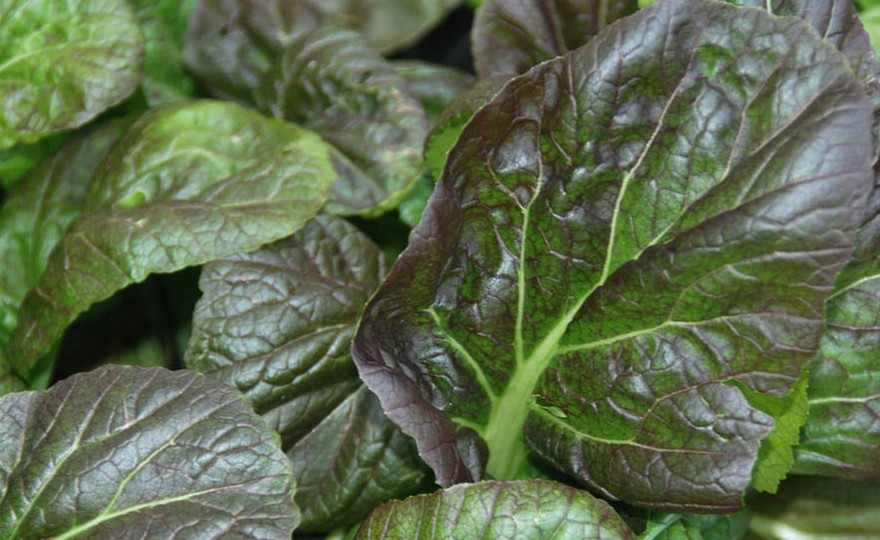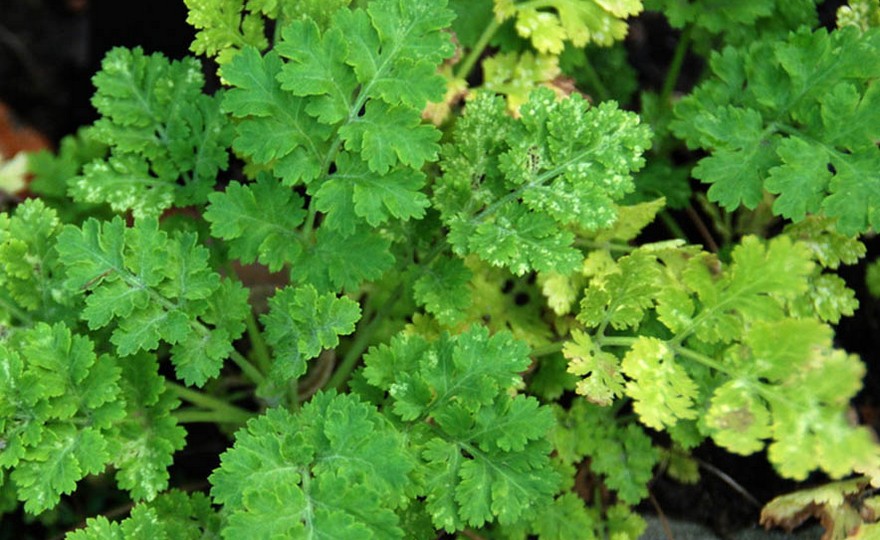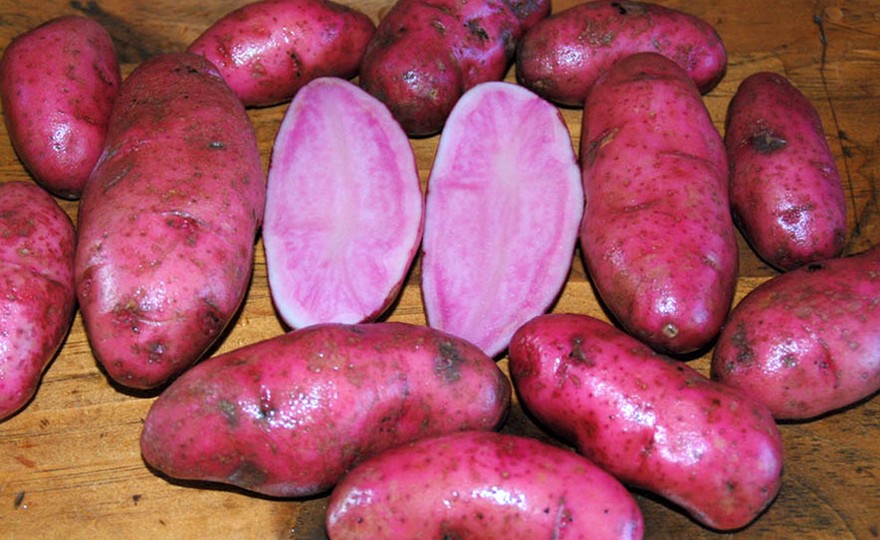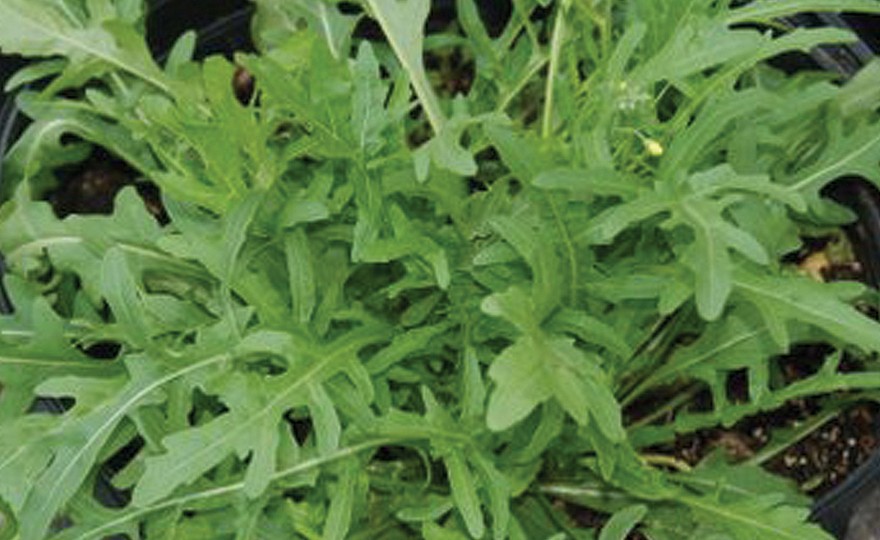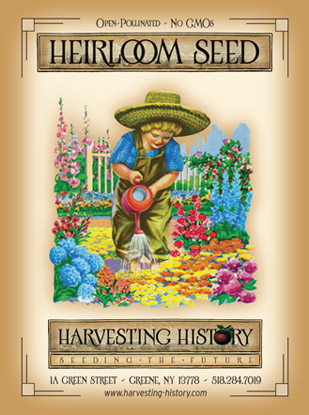
Horseradish Roots, Maliner Kren – 3 roots per bag
-
- **SOLD OUT** HOLIDAY GIFTS **SOLD OUT**
- **SOLD OUT** Holiday Books **SOLD OUT**
- **SOLD OUT** Holiday Citrus **SOLD OUT**
- **SOLD OUT** Holiday Gift Certificates **SOLD OUT**
- **SOLD OUT** Holiday Paperwhites **SOLD OUT**
- **SOLD OUT** Holiday Praying Mantis Kits **SOLD OUT**
- **SOLD OUT** Holiday Tools **SOLD OUT**
- **SOLD OUT** Holiday Wildflower Mixtures **SOLD OUT**
- Citrus Trees
- **SOLD OUT** - Vegetable and Herb Plants - Mix & Match any 6 Plants for $50 - Only Shipped in Quantities of 6
- Elephant Ear Plants & Roots
- **SOLD OUT** 4-Inch Pot Herb Plants **SOLD OUT**
- Rare Plants
- **SOLD OUT** Vining Plants **SOLD OUT**
- Asian Seeds
- Beneficial Bugs
- Books
- Citrus Fertilizers
- Cold-Treated Bulbs - SEE BULBS FOR FALL PLANTING TO ORDER
- Cold-Treated Allium
- Cold-Treated Chionodoxa
- Cold-Treated Crocus
- Cold-Treated Hyacinthoides
- Cold-Treated Hyacinthus Orientalis
- Cold-Treated Narcissus
- Cold-Treated Cyclamineus Narcissus
- Cold-Treated Double Heirloom Narcissus
- Cold-Treated Jonquilla Narcissus
- Cold-Treated Large Cupped Narcissus
- Cold-Treated Poeticus Narcissus
- Cold-Treated Small Cupped Narcissus
- Cold-Treated Species Miniature Narcissus
- Cold-Treated Split Cupped Narcissus
- Cold-Treated Tazetta Narcissus
- Cold-Treated Triandus Narcissus
- Cold-Treated Trumpet Daffodils
- Cold-Treated Ornithogalum
- Cold-Treated Rock Garden Iris
- Cold-Treated Scilla
- Cold-Treated Tulips
- Cold-Treated Emperor Tulips
- Cold-Treated Fringed Tulips
- Cold-Treated Green or Viridiflora Tulips
- Cold-Treated Lily Flowering Tulips
- Cold-Treated Parrot Tulips
- Cold-Treated Peony Flowering Tulips
- Cold-Treated Single Early Tulips
- Cold-Treated Single Late Tulips
- Cold-Treated Species Tulips
- Cold-Treated Triumph Tulips
- Flower Bulbs, Corms and Tubers
- Bulbs for Spring Planting
- Bulbs for Fall Planting - ALL BULBS AVAILABLE ARE COLD TREATED FOR PLANTING AS SOON AS SOIL CAN BE WORKED
- Fall Blooming Bulbs
- Garden Tools & Equipment
- Gift Certificates
- HHH Exclusive Wildflower Mixtures
- Wildflower Mixtures
- Heirloom Garlic
- Potatoes
- Roots & Sets
- Seeds
- Flowers
- Herbs
- Vegetables
- **SOLD OUT** HOLIDAY GIFTS **SOLD OUT**
-
- No products to compare
-
Sold Out
Quick Overview
HORSERADISH ROOTS, Maliner Kren –
Armoracia lapathifolia
FULL SUN Native to southeastern Europe, Horseradish has been cultivated for centuries. It was brought to America with the earliest colonists where it escaped from gardens and proliferated in the wild across the continent. Maliner Kren is a very old variety and considered the standard horseradish in the US today.
To plant horseradish roots dig a hole 1 foot in diameter and 8 inches deep. Loosen the soil at the bottom of the hole. Place the root in the hole with the small end at the bottom of the hole and allowing the root to rest along the side of the hole so that the top of the root just breaks the surface of the soil. Refill the hole with a mixture of soil and compost or dried cow manure and mound up the dirt 2-3 inches above the soil’s surface because the dirt will settle with time and watering. Make sure the top of the root is left uncovered.
Keep the soil slightly moist. The composted soil mixture should provide the plant with enough nutrients, but can be supplemented with a low nitrogen fertilizer 2-3 times during the year. For the most pungent flavor, do not harvest the roots until the leaves have seen a hard frost. One year old plants have the most flavor, so dig the roots up each year and replant in the spring. Horseradish roots may also be planted in the fall like onions and garlic.
| Type | Spacing | Planting Depth | Days to Germination | Maturity |
| Perennial | 18 in. | 8 in. | 21+ | 180 |

Horseradish Roots, Maliner Kren
Horseradish is a member of the mustard family and as such is related to kale, cauliflower, Brussel sprouts and radishes. It is grown for its thick, fleshy white roots which are ground into a paste and used as a condiment. The zesty bite and distinctive aroma of the horseradish are not present until the root is ground up. The process of grinding crushes the root cells which release volatile oils known as isothiocyanates. Vinegar is known to stop this reaction so for milder horseradish flavor, vinegar is added immediately. The Egyptians knew and used horseradish as early as 1500 BC. At the time of the Jewish Exodus, horseradish was designated as one of the “five bitter herbs” that the Jews were told to eat during Passover. The early Greeks used horseradish as a lower back rub and an aphrodisiac. By 1300-1600, the root was being used by Europeans especially in Central Europe, Scandinavia and England. It was increasingly used for medicinal purposes such as cough expectorant and treatment for food poisoning, scurvy, tuberculosis and colic. During the 17th century, horseradish gained new popularity as an ingredient in “Horseradish Ale” made from horseradish, wormwood and tansy. Today, annually more than 24 million pounds of horseradish are processed to produce approximately 6 million gallons of prepared horseradish.


